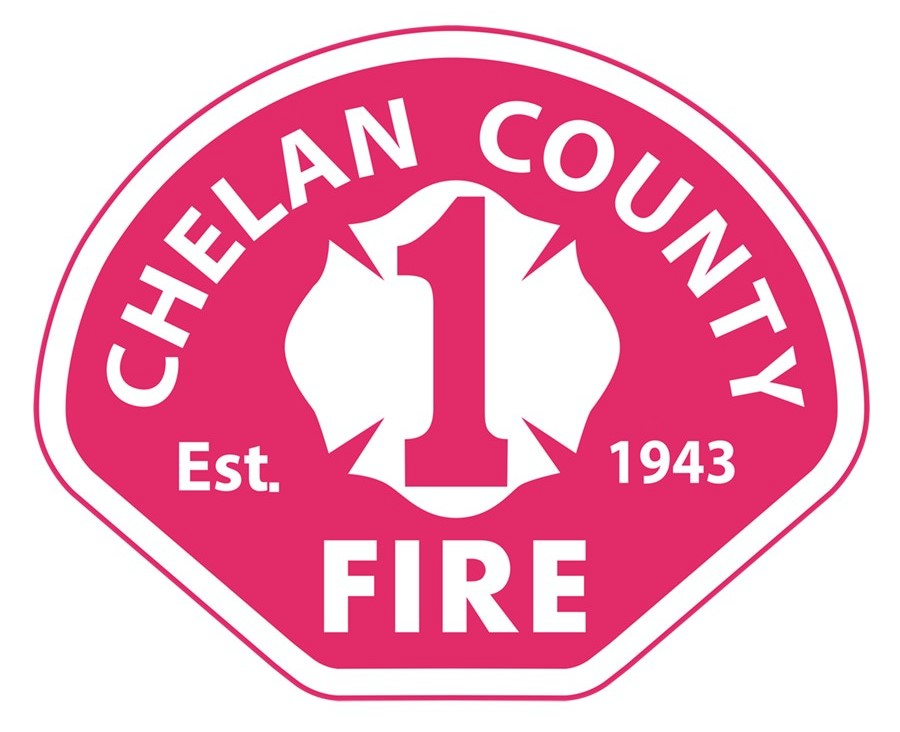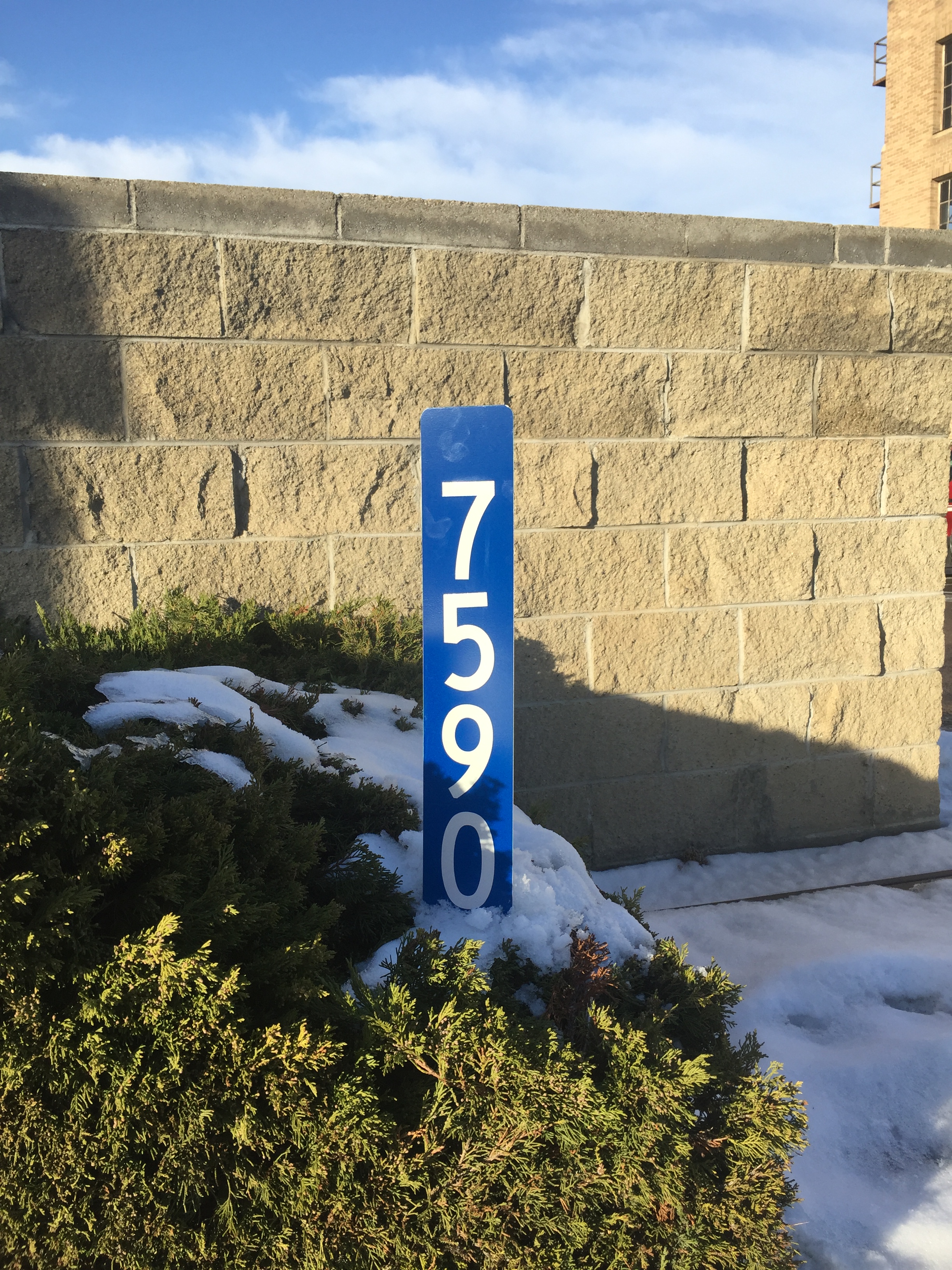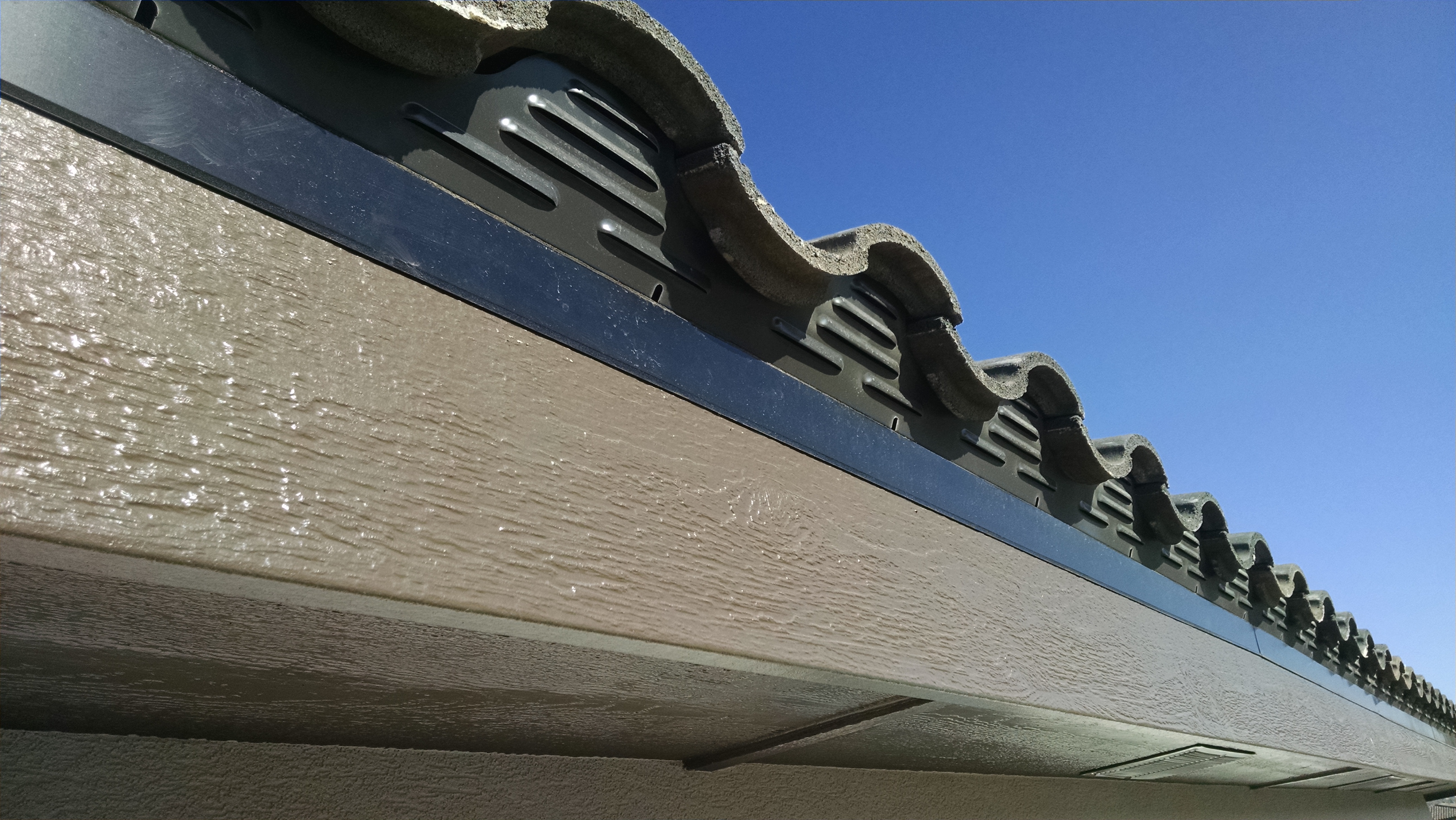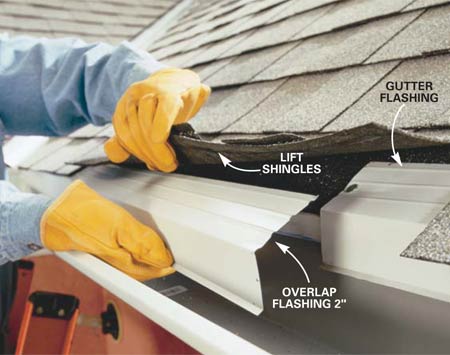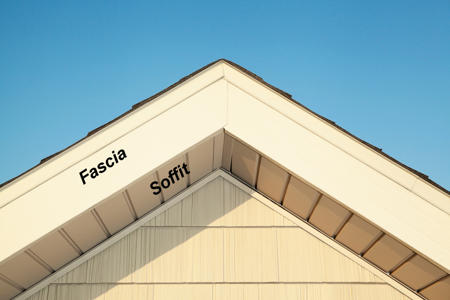Information
-
Property Owner
-
Street Address:
-
City
-
State
-
Zip
-
Email Address
-
Parcel Number
-
GPS location
-
Lot size (acres)
-
Date Assessed
-
Assessor
Access
-
Address marker missing or not clearly visible from the road?
-
First responders need to be able to easily find your home in an emergency. Be sure your address is easily visible from the road, both night and day. The best option is to install a high visibility reflective address sign. These can be ordered from Chelan County Fire District #1:
http://www.chelancountyfire.com/address-signs
(509)-662-4734 -
Driveway Length?
-
ICC Wildland Urban Interface Code States: "driveways in excess of 150 feet in length shall be provided with turnarounds. Driveways in excess of 200 feet in length and less than 20 feet in width shall be provided with turnouts in addition to turnarounds."
-
Adequate turnaround and/or turnouts for fire apparatus and vehicles?
-
Provide adequate turnaround for fire apparatus. ICC WUI Code recommends a 45 foot radius for structure apparatus. At minimum, provide adequate turnaround space for a brush truck; roughly the size of the largest, fullsize civilian pickups on the road today.
-
Driveway Width?
-
Widen your driveway if possible, and clear vegetation to create an adequate ingress/egress for fire apparatus and residents. Ensure chains, gates, or fences are wide enough for emergency vehicle access.
-
Road surface?
- Paved
- Gravel
- Dirt
-
Road condition
-
Does vegetation, overhang, or otherwise impede access of first responders?
-
According to ICC Wildland Urban Interface code 403.2.1 fire apparatus require an unobstructed horizontal clearance of 12 feet and vertical clearance of not less than 13 feet 6 inches the full width and length of the roadway. Keep side and overhead vegetation trimmed back. If the driveway serves as the only escape route, remove or modify any fuels that may block access if ignited during a fire.
-
Ingress/ egress to community or property?
-
Having only one way in and one way out is a significant life safety concern for residents and first responders alike. If issued an evacuation order, leave early to decrease vehicle traffic on roadways, and before access is cut off.
-
Private/ residential bridge access to property?
-
Weight capacity?
-
Clearly mark the weight capacity on the bridge, or on a sign near by to improve response times, and eliminate the possibility of heavy equipment overloading the bridge.
-
Is the bridge the only means of ingress and egress?
-
If the bridge is a single means of ingress and egress, it is important for your safety and the safety of first responders, that it is maintained, and inspected regularly.
-
Gate, chain, or other controlled access?
-
Locked gates slow or prevent first responder access to your property during an emergency. Rivercom dispatch services maintains records of gate access information. You may provide Rivercom (Your 911 dispatch center) with a gate access code to aid emergency response by calling:
509-663-9911
Home Assessment
Overview
-
Number of Stories and basement?
- Basement
- Single story
- Two story
- Three story
- Daylight basement
-
Type of Construction?
- Wood frame
- Log
- Metal (industrial)
- Masonry
- Mobile
- Other
-
The most vulnerable part of a log wall is between log joints. Use ignition-resistant chinking that provides protection from flame penetration. Make certain your chinking is in good repair. Regularly inspect the chinking for cracks and missing sections and repair and/or replace with ignition-resistant chinking.
-
The structural components of a wood frame house are combustible and we can classify wood frame structures as heavy fuel types. If a structure fire occurs in during a wildland fire, there may not be enough resources available to suppress the extraordinary amount of radiant heat, flames and embers produced. This can lead to a condition know as "structure to structure ignition." It is important to recognize combustible structural vulnerabilities when considering wildfire safety improvements.
-
If a structure fire occurs in during a wildland fire, there may not be enough resources available to suppress the extraordinary amount of radiant heat, flames and embers produced. This can lead to a condition know as "structure to structure ignition." It is important to recognize structure vulnerabilities when considering wildfire safety improvements.
Roof
-
Roof Type
-
Make sure all roof edges have "bird stops" or mortar to prevent embers from entering the area between the each peak of roof tiles or corrugated metal and the roof deck.
-
The roof is the most vulnerable part of your structure during a wildfire. Replace wood shakes with Class A fire resistant roofing.
-
Condition (shingles flat with no gaps, all shingles present, bird stops present?)
-
Repair gaps, replace any missing shingles, and install bird stops if needed.
-
Litter/ debris present on roof?
-
Clear roof, gutters, valleys and crevices of all litter, needles and debris. The areas where dead, wind deposited debris accumulates are the same places embers accumulate, leading to an ignition.
-
Are skylights present?
-
If plastic dome skylights, replace with dual pane tempered glass. Make sure all metal flashing is in good repair and keep debris and leaf litter clear from the surrounding area.
-
Are dormers, chimney boxes, or other design features present that create an intersection between the roof and a vertical wall?
-
Install metal flashing from roof deck up vertical surfaces if absent.
-
Are the vertical walls that meet the roof vulnerable to fire (wood shake, vinyl)?
-
Replace with ignition-resistant construction material such as cement board siding if combustible. Keep this area free of needles, leaves and other debris that may ignite.
-
Roof top vents present?
-
The homeowner is encouraged to inspect all roof top vents, and install 18th inch metal mesh if absent.
- Turbine vent
- Static vent
- Dormer vent
- Ridge vent
Eaves and soffits
-
Combustible Gutters?
-
Consider replacing with non-combustible (metal) gutters.
-
Has debris or other combustible material accumulated in gutters?
-
Gutters accumulate combustible material and embers alike. A small fire originating in the gutter can easily ignite adjacent flammable wood facia, and roof decking material. Be sure to clean and inspect gutters regularly. Install metal flashing where facia, roof covering, roof deck and gutters meet if absent.
-
Eave type?
-
Consider enclosing open eave framing with soffits to help dissipate heat and embers from beneath the roof assembly.
-
Eave vent condition?
-
Repair and/ or screen eve vents with 18th inch metal screen to reduce the risk of embers entering the attic and roof assembly.
-
Soffits provide a great deal of protection for a structure when in good condition. Broken vents, gaps/ cracks, and missing soffit panels expose the eaves and roof assembly to additional heat, and embers.
-
Soffit condition?
-
Restore soffits to good condition, and screen all soffit vents with 18th inch metal mesh.
Windows and Walls
-
Combustible siding?
-
Consider replacing siding with a non-combustible alternative such as cement board or stucco.
Siding above the ground floor is still vulnerable to direct flame contact, radiant heat and embers. Consider replacing siding where a second story wall meets a ground floor roof covering, or if the second story siding may be exposed to fire. -
Is any vertical, ground to siding clearance less than 8 inches?
-
Small creeping surface fires are big threats. Short flame lengths can reach siding, and burn the bottom edge of plywood sheeting behind the siding. Create at least 8 vertical inches of clearance from the ground to siding by installing non-combustible material.
-
Combustible decorations, ornaments, or other features attached to structure?
-
Combustible materials attached to or stored under your structure can provide a receptive place for embers to land and ignite. Remove combustible decorative attachments.
-
Window type?
-
Consider replacing single pane windows with dual pane tempered glass. Burning material below, against or even near windows has the potential to shatter glass and expose the interior of a structure to fire and embers. Keep flammable material away from windows and be sure to close all windows in the event of a fire.
-
Burning material below, against or even near windows has the potential to shatter glass and expose the interior of a structure to fire and embers. While dual pane windows are an improvement over single pane windows, they are still vulnerable to fire. Vinyl window casings can melt, and both panes of glass can break under high heat conditions. Keep flammable material away from windows and be sure to close all windows in the event of a fire.
-
Nooks and crannies and other small spaces (gaps, holes, areas where embers could lodge or accumulate)?
-
Every home has small gaps and cracks that can be improved. Caulking, flashing and 1/8 inch metal screen may help prevent debris and embers from accumulating in nooks and crannies.
-
Do any wall, foundation, and/or gable vents lack 1/8" metal mesh screening?
-
Cover vent openings with 1/8" metal mesh screening.
-
It may not be possible to inspect all vents from the ground. The home owner is encouraged to inspect the following:
- Dryer Vent
- Gable Vent
- Foundation Vent
- Dryer Vent
- Second Story Vent
- Other
-
Are dryer vents combustible, or in poor repair?
-
Install metal louver vents and make sure they operate properly.
-
Bump-outs or other structural pieces overhanging foundation?
-
Keep the area under the "bump-out" free of debris, vegetation and other combustible material. If the bottom of the bump-out is wood or other combustible material, consider replacing or covering with a non-combustible material such as cement board.
-
Is the foundation an open design?
-
Screen the opening between the foundation and the structure to prevent debris from blowing in and do not store combustible materials in this area.
-
Is combustible material stored in the foundation/ beneath the structure?
-
Remove this material, and store it in a less vulnerable location.
Garage
-
Are there gaps in or under the garage door?
-
Weather seal the perimeter of the door. Repair or replace doors that leave gaps or holes (these gaps may allow embers to enter the garage).
Decks and Attachments
-
Attached Deck?
-
Combustible deck?
-
Wooden decks are among the largest structure ignition vulnerabilities. This feature is a large, flat surface with cracks for embers to lodge and accumulate. Regularly clean out debris from between the deck board joints and other areas where debris has accumulated (example: under stairs). It is also important to make certain that the area under the deck is free from vegetation or other combustible items. In the event of a wildfire, remove anything from the deck surface that may burn such as patio furniture (including cushions), brooms, umbrellas, door mats, and propane tanks.
-
There is sometimes a misunderstanding regarding the combustibility of wood-plastic composite decking products (such as Trex). These products also burn - so it is extremely important to maintain your deck(s) well.
-
In the event of a wildfire, remove anything from the deck surface that may burn such as patio furniture (including cushions), brooms, umbrellas, door mats, and propane tanks.
-
Deck condition?
-
Repair/replace rotted or damaged boards, seal deck surface.
-
Has leaf litter/ debris accumulated on the deck?
-
Remove debris and litter from this area. If the wall or deck is made of combustible materials, one option is to install metal flashing between this junction.
-
Combustible material or vegetation under deck?
-
Remove flammable material (wood piles, gasoline, lawn mowers, etc) and vegetation from under the deck. Even composite decks can burn if there is flammable material stored underneath the deck.
-
Does the deck overhang a steep slope?
-
Consider enclosing (and properly ventilating) deck. Extend defensible space to 200 feet downhill from the deck. Remove flammable material or vegetation from this area. Consider building a noncombustible wall across the slope approximately 10-20 feet from the edge of the deck.
-
Combustible fence attached to structure?
-
Anything that attaches to your home can provide a pathway for fire to spread to the structure. Replace all wood or vinyl fencing with metal, or alternatively, replace at least the 5-foot section that attaches to the home.
-
Other combustible features attached to the structure?
-
Remember, if it is attached to the house, it is a part of the house. Attachments such as trellises, sun shades, and awnings should follow the same ignition mitigation practices as your structure.
Other
-
Are there any additional structure recommendations?
Defensible Space
Overview of Surroundings
-
Does the property border natural or unmanaged land?
-
Neighboring Structure within 30ft?
-
Structures are the largest fuel type our wildland/urban interface landscape densely built neighborhoods are at risk from a condition known as "structure to structure ignition" - Fire spreading from house to house. Residents must work together in these developments, to ensure homes do not ignite.
-
Is the structure located on or within 30ft of any significant topography?
-
Fire behavior is greatly influenced by topography. Due to the position of your structure on the landscape, a homeowner should take extra care to manage the vegetation within 200 feet of the structure. Thin vegetation, cut grass and limb trees to break up the continuity of fuels and reduce the risk of high intensity fire approaching the home.
- Slope (greater than 20%)
- Box Canyon
- Saddle
- Ridge
- Chimney
- No Significant Topography
- N/A
- Not Inspected
-
Is the neighbors property mitigated?
-
Wildfire does not follow property lines, your neighbors structure and landscape may influence your structure's ignition potential. Due to the proximity of neighboring properties to your home, extra care should be taken to create defensible space and maintain ignition-resistant construction. In addition, consider talking with your neighbors about fuel reduction and cooperative ways to satisfy wildfire safety concerns.
0-5 feet from structure
-
The intent of the 0-5ft zone is to prevent ignition of the structure by creation of a "fire free zone" - an area where fire does not have an opportunity to ignite potential fuels.
-
Has bark mulch been used?
-
Fire can creep and smolder almost unnoticed through bark mulch, until it finds a fuel source that will support larger flames such as siding. Replace bark with a landscape material that does not smolder or burn such as rock, irrigated lawn, herbaceous (high moisture content) ground covers, mineral soil, walkways, patio, etc. Create a minimum 18' of non-combustible space on the ground around the structure.
-
Do any components of the structure (including decks) lack noncombustible or "hard" surface landscaping extending outward 5ft?
-
The 5ft zone is particularly important if you have wood or vinyl siding. Install a hard surface adjacent to the structure (or any feature you wish to defend from surface fire) extending outward 5ft: such as a concrete walkway, mineral soil (bare dirt), or non-combustible mulch (rock). Bark mulch burns, and is not recommended in this zone. For creative landscape ideas visit FirewiseUSA
-
Vegetation, brush or trees in this zone?
-
Keep the lawn well irrigated and use low-growing herbaceous (high moisture content), non-woody plants. Avoid plants that generate ground litter from bark, leaves, or seeds that slough off. Evergreen shrubs and trees are not recommended in this zone.
-
Is there debris, trimmings, grass piles, or other combustible material present in this zone?
-
Remove this material. Dead, dry leaves and needles are perfect fuel for fire to ignite from wind blown embers. Remember, where wind blown material is deposited, embers will also be deposited.
5-30 feet from structure
-
The idea behind the 5-30ft zone in the Structure Ignition Zone model is to reduce fire spread. Reducing the continuity and amount of fuel available for consumption will decrease fire behavior and help keep it from spreading to other fuel sources.
Think: "Clean, Lean and Green." -
Are detached accessory structures (sheds, temporary buildings, garages, play sets) located within 30 feet of the home?
-
Relocate play sets, sheds, temporary buildings at least 30 feet from the home. If unable to relocated, complete mitigation actions on and around these structures as you have done for the home.
-
Are there other combustible items located within 30 feet of the structure (scrap lumber, junk, cars, boats, RVs, etc.)?
-
Remove materials/items.
-
Firewood pile stored closer than 30 feet to the home?
-
Winter is an appropriate season to store firewood in a location that is easy to access, however, the woodpile becomes a risk to your structure in the summer months. Relocate the wood pile to an area more than 30 feet from the home.
-
Do trees or branches touch or overhang the structure?
-
Prune branches so there is a minimum of 10 feet of separation between the vegetation and the roof.
-
Is there brush or other vegetation that could act as a "ladder" and allow fire to climb into larger trees or the structure itself?
-
Remove dead plant material and tree branches. Remove any vegetation that could act as a ladder to transmit fire into the taller, heavier fuels. Remove younger understory trees that are crowding the larger overstory trees. Prune limbs 6-10 feet from the ground, fences, or structure. HOWEVER, do not remove more than 30% of the live crown of any tree. Ideally, pruning live limbs should occur between September and March.
-
Is a continuity of fuels present in this zone?
-
Continuous or unseparated fuels allow fire to spread. All trees and shrubs in this zone should be well spaced and well maintained. Plant in groupings or "islands" of vegetation to disrupt the continuity of fuels – that is, reduce the potential of fire spread by separating vegetation with the use of non-combustible areas (green grass, rock, pathways, etc.) so that if an island of vegetation were to ignite, the heat, and flame contact would be insufficient to ignite the home or adjacent islands.
-
Do grasses and weeds need to be trimmed or maintained?
-
Keep grass in this zone watered and cut below 6 inches in height.
-
Are there piles of downed dead branches, dead logs, slash and/or heavy accumulations of pine needles?
-
Remove this material. There are three factors that influence fire behavior: fuels, weather, and topography. We can not control the weather, nor alter the physical landscape, but we can reduce the fuel available to burn.
30-100 feet from structure (and extending out 200 feet if on a slope/in a chimney/draw).
-
The idea behind the 30-100ft zone in the Structure Ignition Zone model is to reduce fire intensity. Reducing the amount of fuel available for consumption and its configuration will decrease fire behavior.
-
Is vegetation in this zone in need of maintenance, or improvement?
-
Reducing the amount of fuel available for fire will reduce fire intensity. Start with dead material, then remove ladder fuels that assist fire climbing into tall vegetation. Finally, thin the amount of live fuels to provide increased spacing.
-
Do conditions require extending the Structure Ignition Zone beyond 100 feet?
-
It is a homeowner's responsibility to create defensible space around their structure, and reduce the risk wildfire poses to their life and property. During a wildfire, there may not be sufficient resources to defend every structure. Managing the defensible space around your home to reduce fire intensity, limit spread, and prevent ignition is your best line of defense.
Propane/HazMat and Water Sources
Hazardous Materials:
-
Propane tank present?
-
Description/Size
-
Within 30 feet of structure?
-
Relocate tanks larger than 125 gallons (water capacity) at least 30 feet from the home. Create 10 feet of clear space around the tank. Be sure all lines from the tank are noncombustible. Know how to shut off the tank, and do so before evacuating.
-
Are agriculture chemicals or equipment present?
-
Relocate to a less fire susceptible location such as a flammable liquids storage cabinet or a gravel parking area free of tall grasses.
-
Other hazardous materials or storage containers present?
Water sources
-
What water sources are available?
- Creek
- Pool
- Pond
- External sprinkler system
- Hydrant
- None
-
Notes (access, flow, recharge)
Actions
-
Other notes: When performing mitigation efforts it is always good practice to begin at the structure and work your way out to the rest of your property.
Resources
Cost-Share Programs
-
Washington State Department of Natural Resoures
-
You have the opportunity to leverage your resources with assistance from the Washington State Department of Natural Resources. Funding is available to offset the cost of thinning, pruning, and brush disposal.
Contact: Cindi Tonasket, Washington State Department of Natural Resources
(509)-899-0298
cynthia.tonasket@dnr.wa.gov
Fill out an application online at:
https://www.surveymonkey.com/r/?sm=sCoyi07%2bXWeR02luG0DiT6likyVDvitx7E6RlvhaW1o%3d -
Natural Resource and Conservation Service - EQIP
-
The Environmental Quality Incentives Program (EQIP) is a voluntary program that provides financial and technical assistance to agricultural producers through contracts up to a maximum term of ten years in length. These contracts provide financial assistance to help plan and implement conservation practices that address natural resource concerns and for opportunities to improve soil, water, plant, animal, air and related resources on agricultural land and non-industrial private forestland. Information for Washington residents is available online: https://www.nrcs.usda.gov/wps/portal/nrcs/main/wa/programs/financial/eqip/
-
Cascadia Conservation District
-
In an effort to help Chelan County residents prepare for wildfires, the Cascadia Conservation District has taken a lead role in the development of both individual community and county-wide wildfire protection plans. As funding permits, they also offer free wild fire risk assessments to interested landowners, participate in wildfire education & outreach efforts, and provide support to neighborhoods seeking Firewise Communities/USA recognition. http://cascadiacd.org/
Plants and Vegetation Management
-
Fire Resistant Plants for the Home Landscape
-
The Chelan/Douglas Master Gardeners program offers a great deal of information on fire resistant plants, and can help guide your firewise landscape. http://extension.wsu.edu/chelan-douglas/gardening/mg/
-
A Pacific Northwest Extension Publication that can help homeowners select plants that are both beautiful and fire-resistant. Available online for free. http://ir.library.oregonstate.edu/xmlui/bitstream/handle/1957/20921/%2apnw590.pdf
-
Firewise
-
FIrewise doesn't mean fire-proof. The program is what you make it. Their website offers a wealth of wildfire related information, guides, recommendations and news. Firewise is a great tool for bringing the neighborhood together around the topic of wildfire. www.firewise.org
-
Conifer Pruning Basics for Family Forest Landowners
-
A short article walking homeowners through the process of pruning conifer trees. Available online. http://cru.cahe.wsu.edu/CEPublications/eb1984/EB1984.pdf
-
Reducing Fire Risk on Your Forest Property
-
Abstract: The degree of wildfire risk depends on both the probability of an ignition and the potential for damage or harm (such as loss of trees, homes, or even lives). Recognizing that you may have a high wildfire risk is the first step in doing something about it. Whether you own a few acres or thousands, this publication will help you reduce the potential for wildfire damage on your property while improving overall forest health and wildlife habitat. Although these actions won’t prevent a wildfire from coming onto your property, they can make it more fire resistant. By following the guidelines in this publication you can reduce a fire’s severity so that most trees survive and firefighters are better able to attack and extinguish the blaze. Available online http://ir.library.oregonstate.edu/xmlui/handle/1957/19402
Structure Improvements
-
Insurance Institute for Business and Home Safety
-
A national leader in disaster preparedness, the Institute for Business and Home Safety has two publications available online that are extremely helpful:
http://www.disastersafety.org/wp-content/uploads/wildfire-pacific-nw_IBHS.pdf
http://www.disastersafety.org/wp-content/uploads/wildfire-checklist_IBHS.pdf
Insurance and Inventories
-
Insurance
-
Experts recommend reviewing your homeowners policy annually to make certain you are aware of your coverage limitations and provisions. Consider contacting a local expert to get an estimate of what it would cost you to rebuild. Is your coverage adequate to cover those costs? The book "Surviving Wildfire" by Linda Masterson has an in-depth discussion of insurance coverage and policy limits. It can be ordered from Amazon: http://www.amazon.com/Surviving-Wildfire-Prepared-Handbook-Homeowners/dp/1936555158
-
Home Inventory
-
Complete a home inventory and store it in a safe place (off-site). An App search "Home Inventory Checklist" yeilds several paid and free results to choose from. Apps allow the user to take photos, log quantities, enter values, and export the information to a printable format. Complete an inventory and discuss it your insurance agent to see if your current coverage is adequate.
Emergency Preparedness
-
Go Bags
-
The American Red Cross recommends that every family have an emergency supply kit. A recommended list of contents is contained on this guide: http://www.redcross.org/get-help/prepare-for-emergencies/be-red-cross-ready/get-a-kit More information can also be found here: http://www.ready.gov/build-a-kit Remember to think about the 5 P's: People, Pets, Prescriptions, Papers and Photographs.
-
Evacuation
-
A quick guide to Chelan County Evacuation Levels can be found here:
http://www.chelancountyfire.com/wp-content/uploads/2010/07/ccfd1_evacuation_definitions.pdf
Conduct a practice evacuation with your family. Make sure to identify alternative routes and meeting places in case of separation. -
Alert Sense Notification System
-
Sign up to receive emergency alerts and severe weather warnings that could directly impact you and your family. You can receive these notifications via phone, text or email. This is a great system for staying informed up wildfire impacting your area while you are out of the house, at work, or on vacation.
When you sign up, you will designate what you want to be notified of and how those notifications reach you.
These alerts are free of charge, and the program is strictly voluntary. Standard text messaging rates may apply.
http://public.alertsense.com/SignUp/?regionid=1184 -
Special Needs Registry
-
The Chelan County Special Needs Registry is a voluntary registry of individuals who would require assistance in the event of an emergency. This assistance could be as simple as advising a person of a situation in the vicinity of their residence to those who need evacuation assistance in the event of a natural or man-made disaster. This registry alerts emergency responders as to a resident’s address and gives them the vital information they need to better meet the resident's needs. It is important that emergency personnel know where to find you, and how best to meet some of your requirements during a disaster requiring evacuation.
Participation in the registry is voluntary and all information is strictly confidential, used only for emergency purposes. Individuals are eligible to be registered with the Special Needs Registry if they are frail, elderly, medically needy, and/or disabled and are not served in or by a residential facility program (i.e. nursing home, retirement apartments, etc.). Eligible individuals need only to complete the attached form and return it to the Emergency Management Office. Forms are available at
http://www.co.chelan.wa.us/sheriff/pages/emergency-management?parent=Units
or at 408 N. Western, Wenatchee during business hours, or calling our office at 509-667-6863. -
Pets
-
Information on evacuating with pets can be found here: http://www.ready.gov/caring-animals
Colorado has an excellent fillable form as well, with much of the information relevant to our area: https://www.readycolorado.com/sites/default/files/PetBrochureGv1.pdf
For those with livestock, the Colorado State University Extension Office has an excellent fact sheet: http://www.ext.colostate.edu/pubs/livestk/01815.pdf
The bottom line is to have a plan and put it into action early. Those with large livestock should not wait until the last moment to evacuate.
